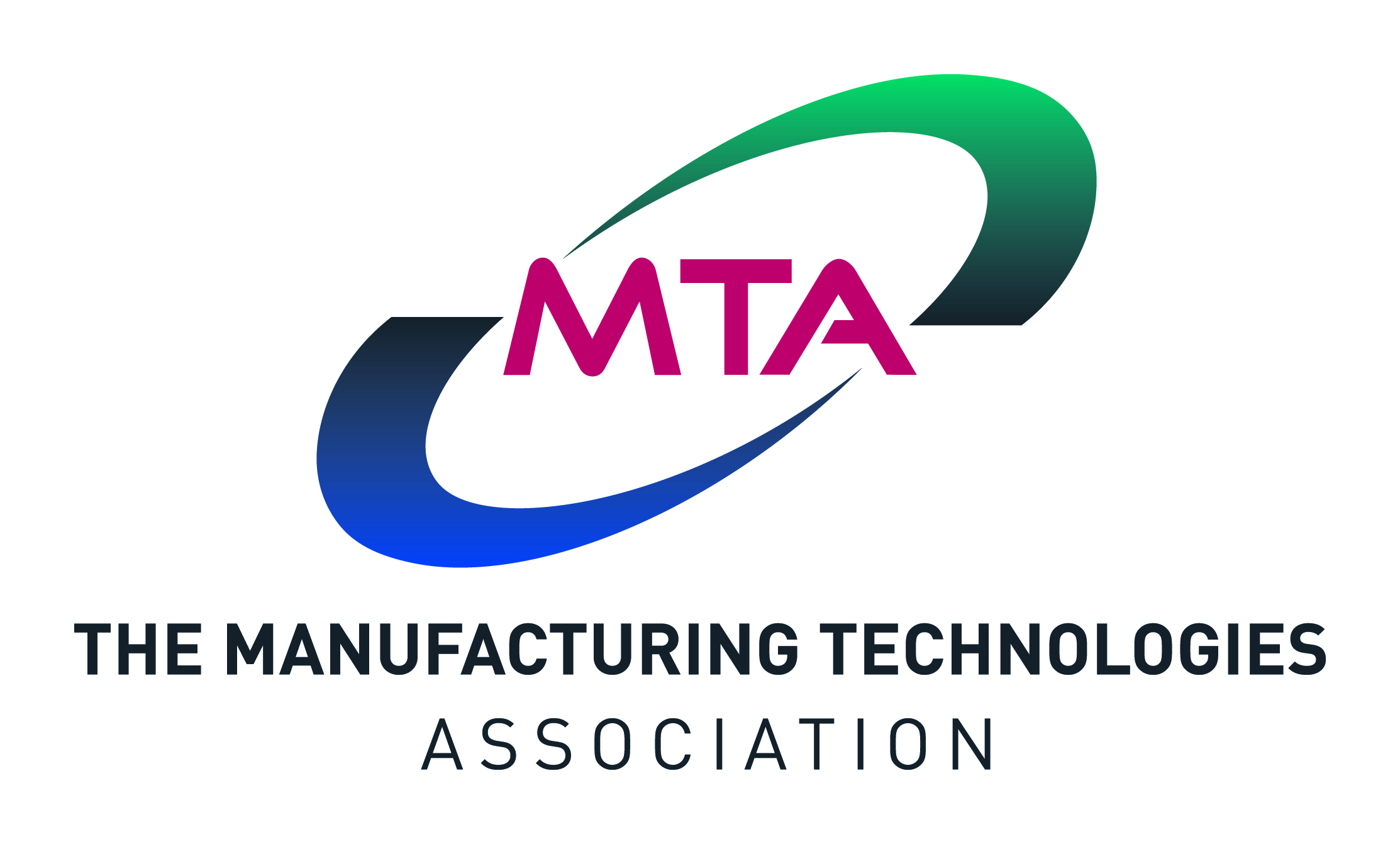Flash Manufacturing PMI, July 2022: The initial estimate for the UK manufacturing sector shows the overall Purchasing Managers Index (PMI) still in expansion territory at 52.2, although this is the lowest reading for 25 months (June 2020). However, the output element has slipped just below the crucial 50 level (at 49.7) and orders fell at the fastest rate for over two years. Although not part of the PMI calculation, manufacturers recorded a marked easing in cost pressures with respondents noting that lower commodity prices (especially for metals) has started to alleviate pressures on raw material costs.
It is a different picture in the Euro-zone where as well as output being at a 26-month low of 46.1, the overall flash manufacturing PMI reading for July has slipped into negative territory at 49.6 – this is the first contraction reading since June 2020 at the end of the first phase of the pandemic. Indeed, apart from the Covid lockdown periods, output fell at its fastest rate since December 2012 during the euro-zone currency crisis that followed the global financial crisis.
New orders for goods were also down, for the 3rd successive month and, lockdowns excepted, at the fastest pace since May 2013. The downturn in manufacturing was widely spread but led by the chemicals industry with the automotive industry also weak. Output continues to be constrained by component shortages but the overall impact of supply delays continues to moderate and order backlogs eased across the Euro-zone for the first time in almost 18 months.
Within the EU, we only have figures for France and Germany; in both cases, the overall manufacturing PMI and the output element within it were below the crucial 50 level. In Germany, the report writer notes that the fall in output, which was the worst reading since May 2020, could have been worse had it not been for companies working through order backlogs which have built up as a result of supply chain problems. New orders for German manufacturers also fell.
In France it is a similar picture with the negative PMI reading of 49.6 matching the level recorded there in November 2020 and the output element at its lowest level for 26 months at 44.0. New orders fell for the second month in a row but employment was broadly unchanged on the June figure. As in Germany, order backlogs were reduced in July and although the pace of this was modest, it was at the fastest rate since November 2020.
The figures for the USA aren’t out until later today so the only other country we have the flash figures for are Japan where the overall manufacturing PMI was still in positive territory at 52.2 but the output element had slipped to 49.5 – its first negative reading since for 5 months. Japan also recorded a fall in new orders which declined at the fastest pace since November 2020. While suppliers delivery times continue to ease, it is still this which is generating the positive overall index (as it is in the UK).
These reports are available on the “PMI by S&P Global” web-site at https://www.pmi.spglobal.com/Public/Release/PressReleases or on request from MTA.
—————————————-
Qimtek Contract Manufacturing Index, 2nd Quarter 2022: Qimtek provides a sourcing platform to connect manufacturers and suppliers in the manufacturing sector; using the information that this provides, they calculate a quarterly Contract Manufacturing Index (CMI) which can also be broken down by process and industry.
The overall CMI for the 2nd quarter of 2022 grew by +13% compared to the 1st period of the year and was +38% higher than a year ago. This was due to an increase of +61% in the fabrication segment, with the index for the machining and other activities categories falling by -10% and -8% respectively.
However, it is worth noting that both the fabrication and machining trends were, to some extent, a reaction to the 1st quarter trends; the growth for fabrication in Q2 followed a -35% fall in Q1 while the machining segment grew by +14% at the start of the year (with March especially strong), so the dip in the latest figures is comparing with a good previous quarter. For fabrication, January and February were very weak and although activity dipped again in April (as it did in machining, probably due to the Easter holidays), both May and June were strong months.
The “other” group, which includes processes such as casting, toolmaking, plastics & rubber and finishing only accounts for 7% of the total number of projects which makes the trends susceptible to sharp movements. Although Q2 activity was down on the previous quarter, it was substantially higher than a year ago.
You can get more details of the latest report, including the details of the trends by customer industry which are led in Q2-2022 by the industrial machinery and food & beverages sectors, at https://www.qimtek.co.uk/blog/qimtek-contract-manufacturing-index-quarter-2-2022.

